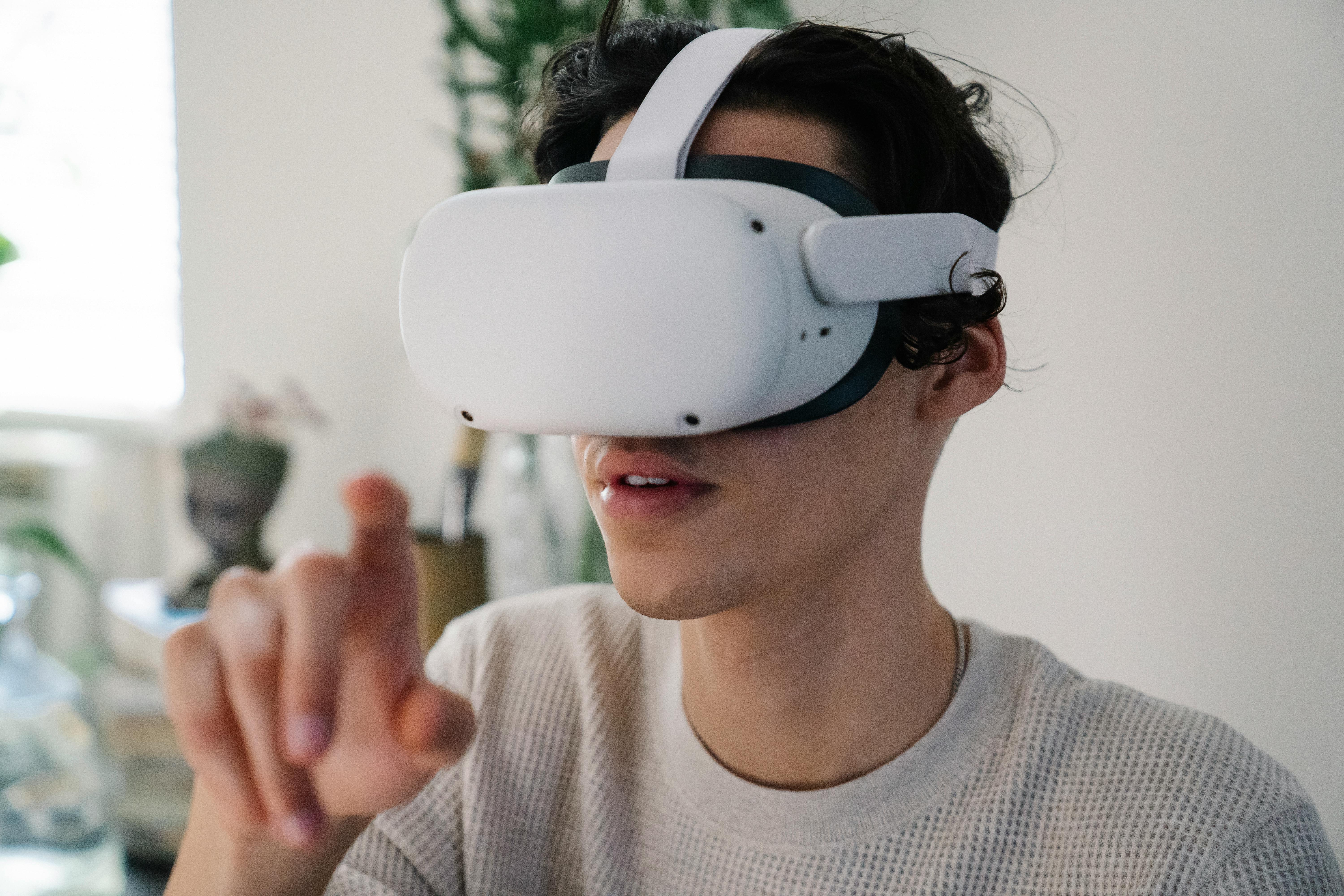Augmented reality (AR) isn’t just a passing trend—it’s fast becoming a transformative tool for publishers striving to create memorable, interactive digital magazine experiences. As audiences expect more than just digitized print, AR unlocks new ways to engage readers, elevate editorial, and offer advertisers irresistible new value. At 3D Issue, we’re seeing first-hand how even small AR integrations can make a big impact for digital publishers who want to stand out in the crowded content landscape. In this post, we’ll dig into practical strategies, content ideas, and actionable steps for leveraging AR in your digital magazines.

Why Should Publishers Care About AR for Digital Magazines?
- Bridge print and digital: AR lets you revive print in your digital issues or create seamless hybrid experiences that blur the line between media.
- Elevate engagement: Interactive elements like clickable product try-ons, animated infographics, and behind-the-scenes video bring articles to life.
- Appeal to modern readers: Younger audiences expect immersive, mobile-centric experiences. AR catches their attention—and keeps it.
- Provide value for advertisers: Give advertisers unique ways to capture leads, drive sales, or promote their brand through interactive, shoppable ads.
Types of AR Content That Resonate in Digital Magazines
- Animated covers and features: Make your magazine covers come alive with subtle animations or tap-to-reveal content.
- Product try-ons and 360° views: Enable readers to visualize products in real space—from fashion accessories to homeware—directly through their devices.
- Interactive tutorials: Walk readers through DIYs or recipes step-by-step, overlaying instructions or tips via AR as they work.
- Data visualizations: Transform static charts and infographics into interactive, explorable visual stories.
- Behind-the-scenes exclusives: Let readers scan an image to unlock videos, interviews, or extra photos directly related to your editorial.

How to Get Started with AR in Your Magazine Publications
- Define what you want to enhance
Start by mapping your most visually rich or interactive features—think product reviews, fashion shoots, data-driven stories, or DIYs. These content types are perfect for AR overlays. - Choose how readers will trigger AR
Two popular options:- QR codes: Simple, familiar, and supported on nearly all smartphones. Readers scan a code and launch the AR experience—works well for both print and digital editions.
- Native image recognition: More seamless, allowing users to point their camera at a magazine page or image to unlock hidden layers of content—no visible codes required.
- Create your AR assets
At this stage, the sky is the limit:- Start simple with audio clips, video interviews, or animated GIFs layered on top of images.
- As you gain confidence, expand to 3D models, explorable infographics, or interactive video walkthroughs.
Team up with designers who understand both content and interactivity, or consider user-friendly AR authoring tools.
- Integrate AR into your editorial workflow
Plan your content calendar so AR content is ready in tandem with your regular magazine output. This helps keep your production team in sync. - Promote your AR experiences
Use on-page cues (icons, overlays, callouts) so readers know what’s AR-enabled. Demo the tech for subscribers, include walk-throughs in your email newsletters, and preview AR content on social media. - Measure the impact
Use analytics tools to track which AR features get scans or clicks, how long users interact, and which content drives conversions. This data is gold for iterating and improving future issues.

Practical Editorial Ideas for Publishers Using AR
- Bring interviews to life – Tap to watch video highlights, hear quotes in the subject’s own voice, or see photo galleries expand out of the page.
- Highlight sponsor messages – Offer advertisers shoppable overlays or interactive CTAs that launch product demos, sign-up forms, or exclusive discount codes.
- Deepen educational stories – Enable readers to explore science models, planets, or anatomy by interacting with embedded AR objects.
- Gamify with scavenger hunts – Launch interactive treasure hunts inside your publication to boost engagement, reward loyal readers, or incentivize newsletter sign-ups.
Common Challenges and How to Overcome Them
- Device compatibility issues: Favor solutions built on open web standards (WebAR) so experiences work across all devices—no app downloads required.
- User education: Make sure you spell out clearly how to access AR features within your magazine, in your intro pages, and on your website.
- Cost concerns: Start with small, focused projects. Even simple AR integrations can impress and educate your audience without breaking the bank.
- Content fatigue: AR should add real value—don’t overdo it. Let your editorial vision drive the tech, not the other way around.

Key Success Metrics for AR in Digital Magazines
- Scan rate: The number of readers who interact with your AR features—helps you understand what’s resonating.
- Time spent: How long readers spend engaging with AR, compared to static content.
- Click-through and conversions: For shoppable or sponsor content, track sales or actions taken directly as a result of AR interactions.
- User feedback: Solicit reader opinions through on-page polls and feedback surveys to refine future integrations.
Tips for Evolving Your AR Strategy
- Start small, iterate fast – Begin with one magazine feature or sponsored campaign. Measure results and expand only if it brings clear value to you and your readers.
- Use built-in analytics – Many AR tools provide metrics out-of-the-box so you can report concrete results to internal teams and advertisers alike.
- Stay accessible – Ensure your AR publications remain fully accessible and WCAG compliant, just like all of your digital content.
- Keep it reader-first – Technology should enhance storytelling, never distract from it. Prioritize immersive experiences that deepen engagement and loyalty.
Bringing It All Together
AR is not about gimmicks—it’s about connection. At 3D Issue, we believe the future of digital magazine publishing is interactive, responsive, and reader-driven. With our Experios platform, your editorial and creative teams can design next-generation digital magazines that blend the best of print, interactive media, and analytics—all WCAG-compliant and optimized for any device.
If you’re ready to take your publishing to the next level with immersive AR or simply want to deliver more responsive experiences across screens, get in touch with us. We’d love to help you build digital magazines your audience can’t wait to share.







